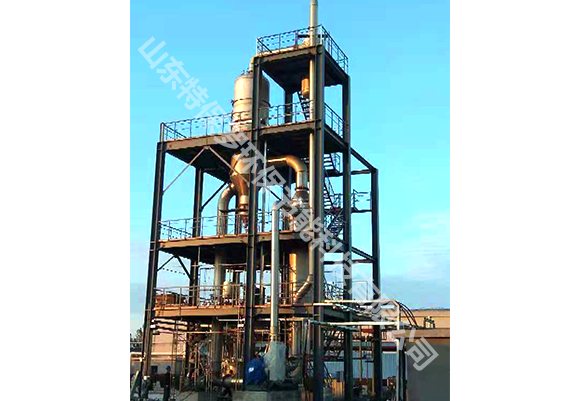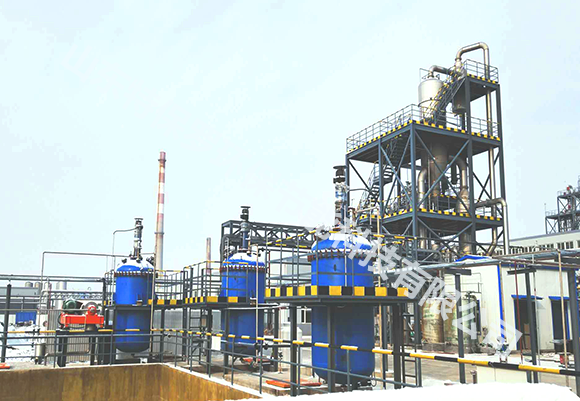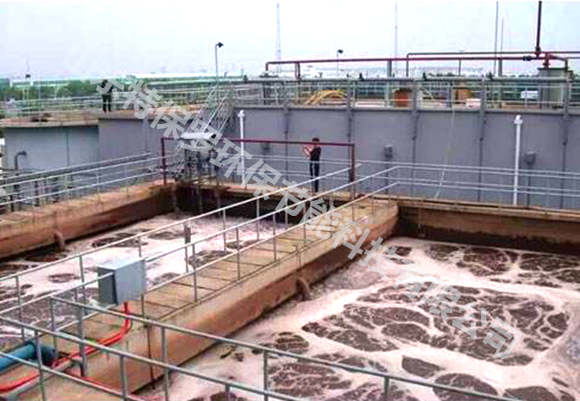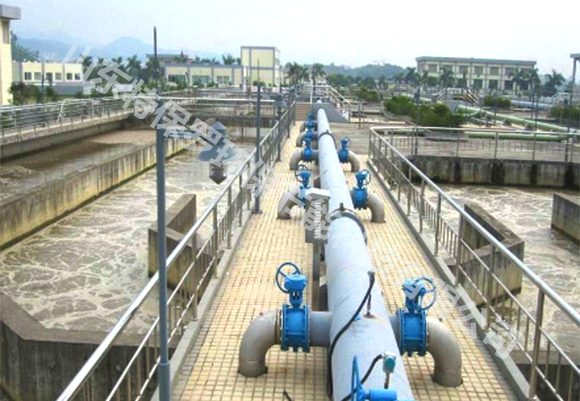Organic Wastewater Treatment Solution Customization Expert

Pure water changes its original physical or chemical properties after used and becomes a waste water containing different kinds of impurities. Chemical wastewater refers to the wastewater discharged from chemical production process,such as process wastewater, cooling water, exhaust gas washing water, equipment and site flushing water. If discharged without treatment, these wastewater will cause different natures and different degrees of pollution of the water bodies, thereby endangering human health and affecting the production of industry and agriculture.

Flame retardant, a functional additive that imparts flame retardancy to flammable polymers, mainly designed for flame retardant of polymer materials; there are many types of flame retardants, which are classified into additive flame retardants and reactions according to the method of use.

The main pollutants in hydroxypropyl methylcellulose wastewater are sodium chloride, isopropanol, hemicellulose derivatives, loss of cellulose ether products, etc. The content of CODcr (dichromate oxygen demand) in the wastewater can reache 60,000 mg/l and the salt content can reach 80,000 mg/l.The mass concentration is as high as 7% to 8%. It belongs to high-concentration salt-containing and refractory wastewater.

For some chemical wastewaters, it has a certain influence on biochemical treatment, resulting in poor direct biochemical treatment efficiency. TEBAOLUO has a unique treatment process for such wastewater, including pretreatment + MVR evaporator + complex oxidation + hydrolysis acidification + analysis Oxygen + aerobic. After evaporated, most of the organic matter is present in the evaporation mother liquor. The condensed water after evaporation only contains a small amount of low-boiling, small molecular chain organic matter.Thus the biochemical treatment efficiency can be high.

The main component of the magnesium desulfurization tailings of the power plant is magnesium sulfate. After pressure filtration,the supernatant is discharged to the sewage treatment station.However,this treatment increases the discharge quantity of wastewater and waste the magnesium sulfate resources.This is the general treatment method.Evaporation process can be applied for eaporation crystallization of the desulfurization wastewater,thus turning waste into treasure.

Accelerator wastewater contains a large number of biodegradable organic matter, and its biodegradation has three main reasons: First, because the wastewater contains a large number of structurally stable heterocyclic compounds, its chemical composition and structural stability make it resistant to degradation. Second, because wastewater contains a large amount of toxic substances, it is not only difficult to degrade itself, but also seriously inhibits the degradation of other biodegradable organic substances by microorganisms. Third, the high salinity content of wastewater srestrain serious the ability of microorganisms to degrade organic matter.